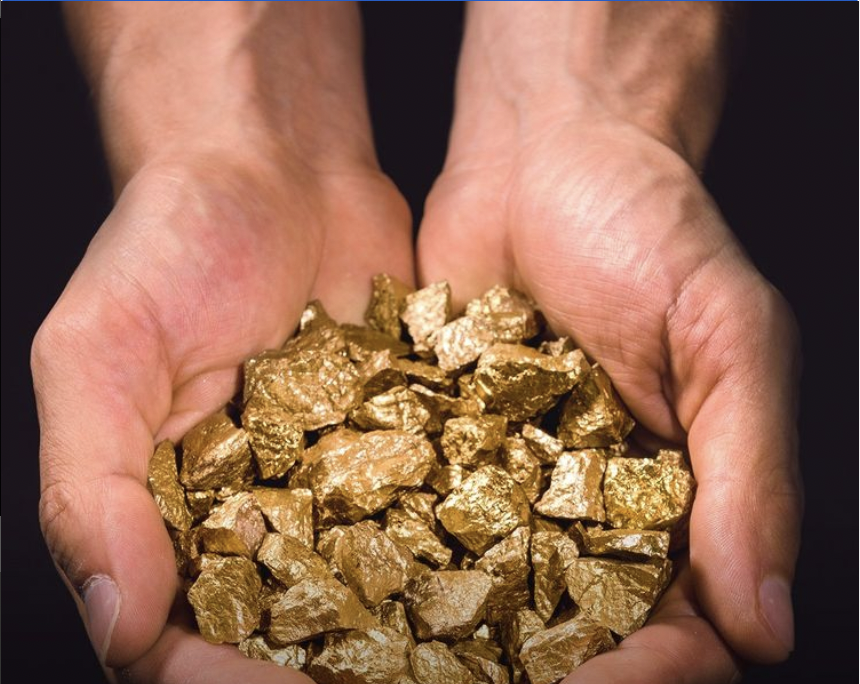
Economist Ellen Perez Ducy wrote in Diario Libre on Thursday, 20 February 2025 that the government should consider the benefits of holding gold reserves. The author writes that it is clear that holding gold would improve the international credit ratings enabling the country to lower the burden of interest payments and contract new debt at lower rates.
The Dominican Republic does not refine its gold. This is exported to India and Switzerland for refining. Regardless, the author suggests the country would be better off using financial instruments such as gold-collateralized loans and gold swaps to offset the cost of retaining gold. The author estimates that even receiving payment in species worth 10% of gold production from 2014-2024 would have resulted in a significant increase in the country’s international reserves.
She highlights that gold is a central export for the Dominican Republic, generating revenues of US$17 billion, which accounts for 30% of the nation’s total exports, or 13.3% of overall export figures from 2013 to 2024.
However, despite this wealth from gold exports, the country’s gold reserves have remained stagnant at 0.6 tons—less than those of Honduras (0.7 tons) and Haiti (1.81 tons), both countries that do not produce gold.
She says that countries such as Turkey, China, India, Russia, Saudi Arabia, and Mexico have all more than doubled their holdings in gold. Since 2022, central banks, the primary buyers of gold, have demanded over 1,000 tons annually. In 2024, Poland was the largest buyer, with 448 tons of gold, now making up 20% of its international reserves portfolio.
Perez Ducy stresses that from 2014 to 2024, the Dominican Republic’s external debt has tripled. When expressed in ounces of gold, this debt merely doubled. She recalls that she proposed to the Central Bank (BCRD) that a portion of the country’s gold production be used to increase national reserves (receiving refined physical gold as payment). This sacrifice could have been offset through the use of two financial instruments: gold-backed loans and swaps.
Gold-backed loans are priced using the Gold Forward (GOFO) rate, which is the gold lease rate minus the LIBOR or another reference rate. These loans help reduce external borrowing costs by being backed by a valuable, tradable asset.
Swaps, or sales contracts with a repurchase agreement at a pre-established price and date, also use the gold lease rate. This allows the country to “rent” gold and buy it back at a predetermined price, generating a profit. Although these rates have been unavailable since 2015, the market continues to operate between major buyers and sellers. Countries like Italy and Australia are among the central banks that actively use swaps, she explains.
She highlights that if the DR had conservatively opted to keep 10% of the gold production physically from 2013 to 2024, it would have foregone US$1.67 billion in revenue but would have accumulated 1.13 million additional ounces in reserves, which at current prices, would be valued at US$3.27 billion. This would have resulted in a gain of US$1.6 billion for international reserves, representing an 8% increase in the value of actual international reserves, without including savings on external debt interest or profits from swaps.
In her op-ed piece for Diario Libre she explains that this strategy could also have acted as a Sovereign Wealth Fund. She mentions these funds have generated annualized returns of 6 to. 9% for other countries.
In her concluding remark, she asks: “What are we waiting for?”
Read more in Spanish:
Diario Libre
24 February 2025

